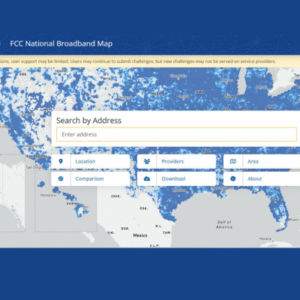Cost of Living in the Capital District Remains Generally Stable
The Cost of Living index experiences increases in health care and miscellaneous goods and services; decreases were seen in transportation and utilities.
On May 31, the Council for Community and Economic Research (C2ER) released the first quarter Cost of Living Index for participating communities across the U.S. On a comparative basis, the Capital District saw a change of 2.7% between the first quarter of 2017 and 2018; from 105.7 to 108.6. The change in the index exceeded the rate of inflation as measured by changes to the Consumer Price Index between those two periods, which showed an increase of 2.4% for urban areas. In the Cost of Living Index, a value of 100 reflects the national average for all participating urban areas.
Changes to the Capital District’s cost of living
The Capital Region’s cost for services including transportation, healthcare, utilities, and miscellaneous goods and services ranked below the median value for participating New York State urban areas. The Capital Region also benefits from having a median household income higher than other similar regions in the state, outside of New York City. According to the Capital Region Indicators report released in August 2016, the Capital Region as defined by the Albany-Schenectady-Troy Metropolitan Statistical Area had a median household income of nearly $62,000 – ranking third in the nation among similar areas and was the highest of its New York State counterparts.
Some key insights in this quarter include:
- The increases are mostly seen in the Health Care index, which increased by 4.5 percentage points, and Misc. Goods and Services which has increased 5 percentage points.
- Transportation has seen a decrease of 11.6 percentage points since the first quarter of 2017.
- Utilities have decreased 7.3 percentage points since the last quarter of 2017, however, is up 8.6 points from the first quarter of 2017.
About the Cost of Living Index
The index collects data that represents the after-tax cost for a professional/managerial standard of living in a community. The cost of living in Manhattan, which tops the national list, is 137 percentage points more than the cost of living in New York’s Capital Region. The Capital Region enjoys a cost of living about 8.5% higher than the average cost nationally and is just above the median for cost of living in New York State, for those that participate in the index.
The Capital District Regional Planning Commission, in partnership with the Center for Economic Growth and the Capital Region Chamber, is pleased to provide the Cost of Living Index created by C2ER, the Council for Community and Economic Research. The Cost of Living Index is the most reliable source of region to region quarterly comparisons of key consumer costs and is referenced in the Census Bureau’s Statistical Abstract of the United States. The data for the Capital Region is collected quarterly by graduate students enrolled in the Department of Geography and Planning at the University at Albany. The methodology, data requirements and parameters of the data collected are consistent nationwide to assure comparability among the participating regions.


